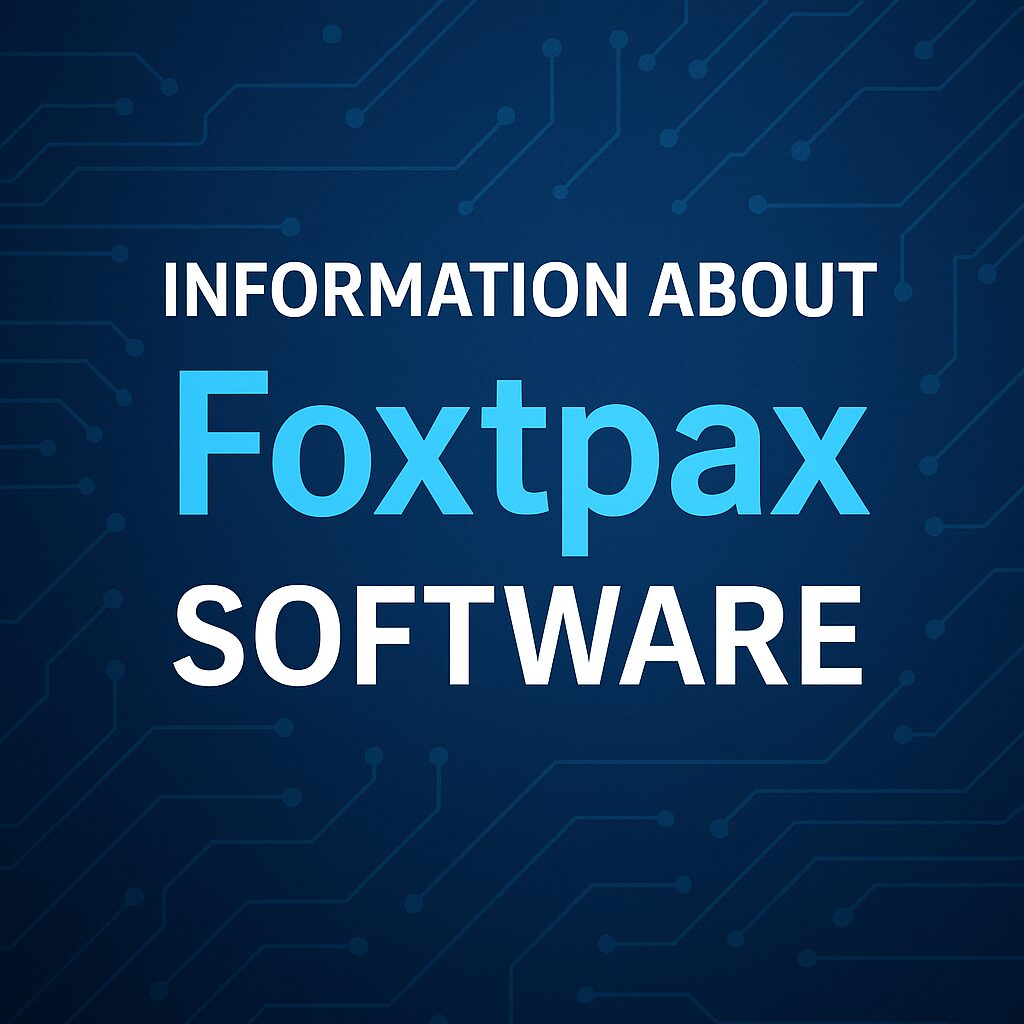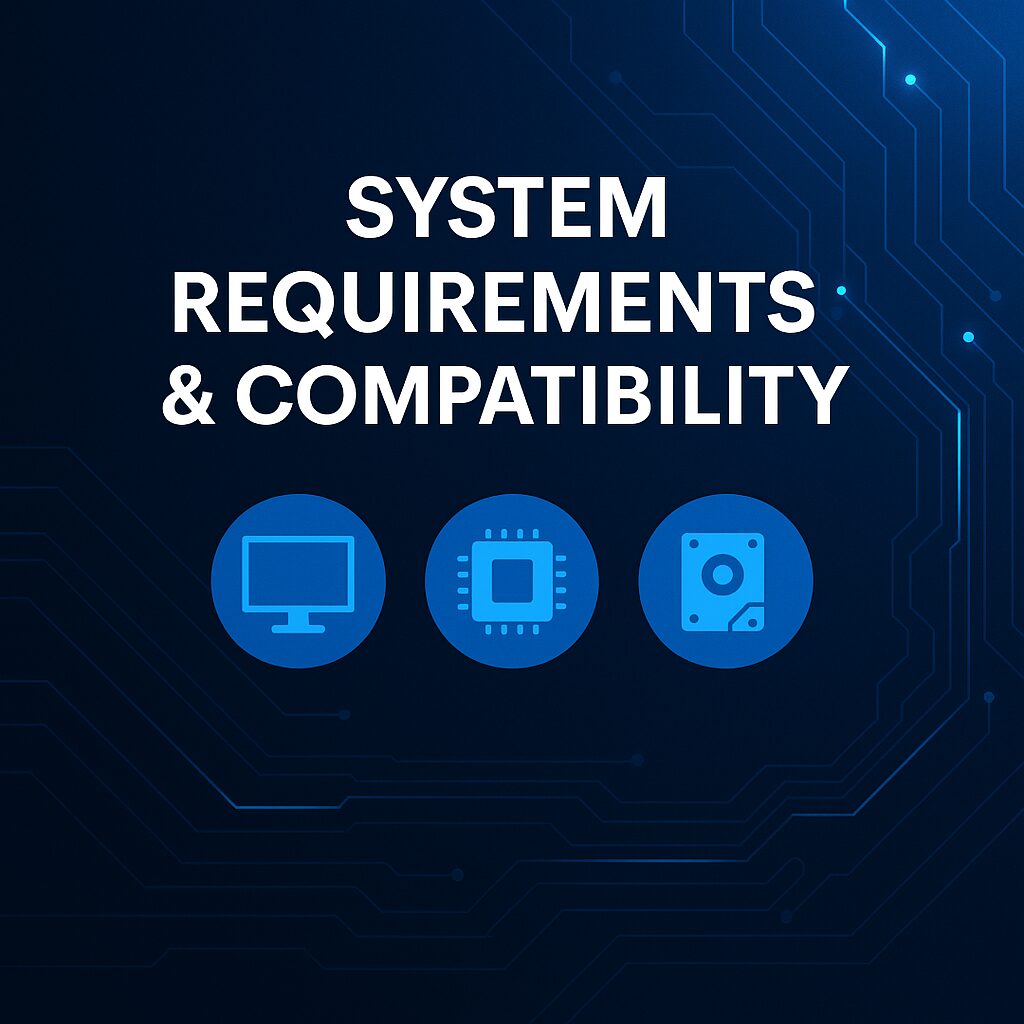
Complete Guide: Information About Foxtpax Software
In the fast-evolving world of civil and geotechnical engineering, precision tools are essential. One such tool making waves in the industry is Foxtpax software. Whether you’re an engineering student, a seasoned consultant, or a contractor working on infrastructure, understanding this powerful platform can give your projects a serious edge.
This comprehensive guide offers exclusive information about Foxtpax software, including its core functionalities, real-world applications, technical capabilities, and why it’s become a gold standard in foundation engineering.
What Exactly Is Foxtpax Software?
Foxtpax (a stylized term often referring to Foxta by Terrasol, a subsidiary of Setec) is a modular software suite for geotechnical foundation design and analysis. It’s engineered for the computation and modeling of soil-structure interaction, and it’s widely used in:
- Building design
- Infrastructure planning
- Ground improvement projects
- Soil settlement analysis
- Pile and raft foundation systems
It helps engineers simulate, analyze, and predict how various types of foundations perform under different loads and soil conditions.
Core Capabilities of Foxtpax Software
Here’s a detailed breakdown of the kind of analysis you can perform with Foxtpax software:
Shallow Foundation Analysis
- Use cone penetration test (CPT) data for settlement predictions
- Evaluate bearing capacity under different conditions
- Optimize slab or isolated footing dimensions
Deep Foundation Design
- Simulate the axial and lateral behavior of piles
- Assess negative skin friction
- Group pile interaction effects
Piled Raft Foundations
- Hybrid analysis combining raft and pile systems
- Evaluate stiffness, stress distribution, and load transfer
Soil Settlement Modeling
- Compute immediate and long-term settlement
- Handle multiple soil strata with different compressibility
- Simulate groundwater impact
Rigid Inclusions and Soil Improvement
- Model reinforced soils (e.g., with stone columns or rigid inclusions)
- Analyze soil-structure interaction in improved ground
Dynamic & Seismic Load Modeling (Advanced)
- Study the foundation behavior under seismic loads (in higher versions or with add-ons)
- Useful for bridges, high-rises, and facilities in earthquake-prone zones
Modular Architecture: What’s Inside Foxtpax?
One of the best parts about Foxtpax software is its modular structure, allowing engineers to use only what they need:
| Module | Purpose |
| FONDSUP | Shallow foundation design using CPT data |
| TASPLAQ | Raft foundation modeling and settlement distribution |
| TASSELDO | Stress and settlement calculations in elastic soils |
| TASNEG | Analysis of negative skin friction on piles |
| TASPIE+ | Axial load-bearing behavior of piles |
| TASPOUTRE | Foundation modeled as elastic beams |
| PIECOEF+ | Group pile interaction coefficients |
| TASSOIL | Soil parameter management across layers |
Each module is tailored to a specific task—helping engineers produce fast, accurate, and reliable results.
Real-World Applications of Foxtpax
Foxtpax software has been applied in numerous high-profile civil engineering projects worldwide. Examples include:
Skyscrapers
- Used to design piled rafts with precision in soft soil zones (e.g., in Singapore, Dubai).
Metro and Railway Systems
- Applied in the settlement evaluation of tunnel portals and underground stations.
Industrial Complexes
- Foxtpax is invaluable for load-intensive structures such as storage silos, heavy machinery foundations, and chimneys.
Bridge Foundations
- Handles group pile interaction under dynamic loads and waterlogged conditions.
Heritage Site Renovations
- Used in projects requiring non-invasive foundation strengthening and analysis.
What Sets Foxtpax Apart?
Here’s why engineers prefer Foxtpax over other tools:
- Localized Standards: Supports both Eurocode 7, French NF standards, and customizable soil libraries.
- Flexible Modeling: You can model rigid inclusions, various soil layers, and real CPT data.
- Powerful Reporting: Automatically generates professional reports with diagrams, charts, and formulas.
- Academic Acceptance: Recognized and taught in universities across Europe, Asia, and the Middle East.
System Requirements & Compatibility

- Platforms Supported: Windows 10/11 (64-bit)
- Recommended Specs:
- Intel i5/i7 or AMD Ryzen 5 processor
- 8GB RAM or more
- 500MB disk space
- Intel i5/i7 or AMD Ryzen 5 processor
- File Import Options: CSV, Excel, DXF (in some versions)
- Output Formats: PDF reports, .FOX project files
How to Download and Use Foxtpax
Download Options:
- Official Terrasol Website (Foxta v4)
- Distributors in your country (available on the Terrasol website)
- Free trials or educational licenses for academic use
Installation Tips:
- Install necessary runtime libraries (like .NET or Microsoft Visual C++)
- Administrative privileges may be required
- Activate using your license key from Terrasol or your distributor
Training and Documentation
- Manuals: Detailed PDF user manuals are available for each module.
- Video Tutorials: Available on YouTube and Scribd.
- Workshops & Certification: Offered by Setec and various universities.
- Support Community: Engineers share templates and tips in geotechnical forums and LinkedIn groups.
Tips for Getting the Most from Foxtpa
- Start with sample projects to understand module interactions.
- Visualize soil strata properly—this is key to accurate settlements.
- Organize your input files by project phase (e.g., preliminary vs final).
- Use group pile modules if working on towers or bridges.
- Update to the latest version regularly for new features and bug fixes.
Conclusion
If you’ve been searching for detailed information about Foxtpax software, this guide should give you a crystal-clear view. It’s a powerful, versatile, and widely trusted tool in the geotechnical field. From shallow foundations to complex raft and pile groups, Foxtpax offers an unmatched combination of depth, precision, and flexibility.
Whether you’re designing a high-rise foundation, retrofitting a heritage building, or just learning geotechnical software for the first time—Foxtpax is a must-have.
💬 Have you used Foxtpax before? Want help comparing it with PLAXIS, GEO5, or SAFE?
Drop your thoughts in the comments or connect with us on Techagers.org.
Frequently Asked Questions
1: What is Foxtpax software primarily used for?
Foxtpax software is primarily used for geotechnical foundation analysis and design. It helps engineers simulate soil-structure interaction, analyze settlements, design shallow and deep foundations, and evaluate complex systems like piled rafts and rigid inclusions.
2: Is Foxtpax suitable for beginners or only for experts?
Yes, Foxtpax is beginner-friendly. While it offers advanced modules for professionals, its intuitive interface, step-by-step input wizards, and comprehensive manuals make it accessible for students, interns, and early-career engineers.
3: What makes Foxtpax different from other geotechnical software?
What sets Foxtpax apart is its modular system, built-in compliance with Eurocode 7, and support for real CPT data integration. It provides highly accurate foundation analysis while allowing users to work on only the specific modules they need.
4: Can I use Foxtpax software for large infrastructure projects?
Absolutely. Foxtpax is widely used in real-world infrastructure projects, including skyscrapers, bridges, railways, and industrial complexes. Its pile group, raft, and soil improvement modules are ideal for handling complex and large-scale designs.
5: Where can I download or purchase Foxtpax software?
You can download trial versions or purchase full licenses of Foxtpax software directly from the Terrasol website or through their regional distributors. Academic licenses are also available for universities and research institutions.
